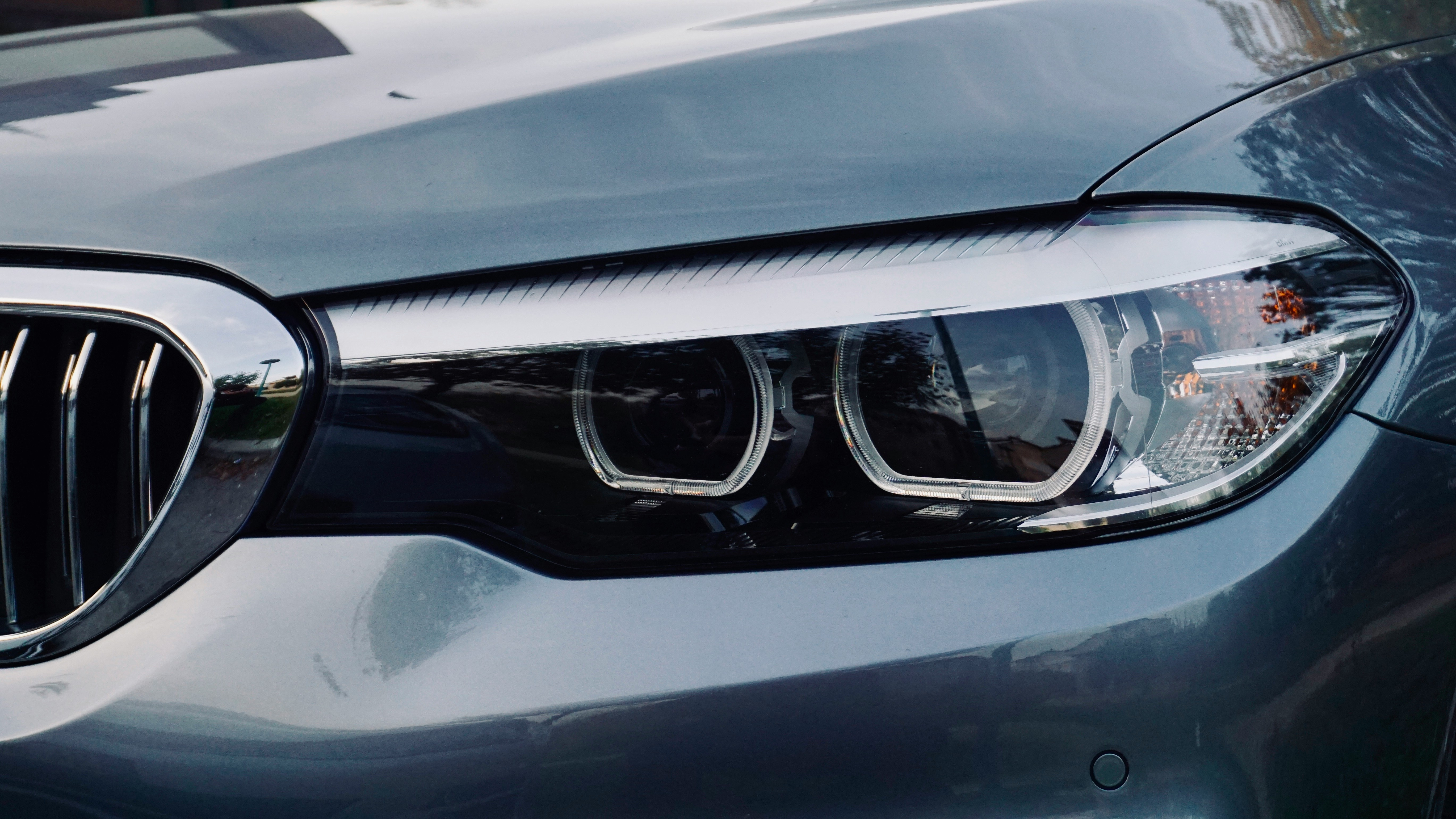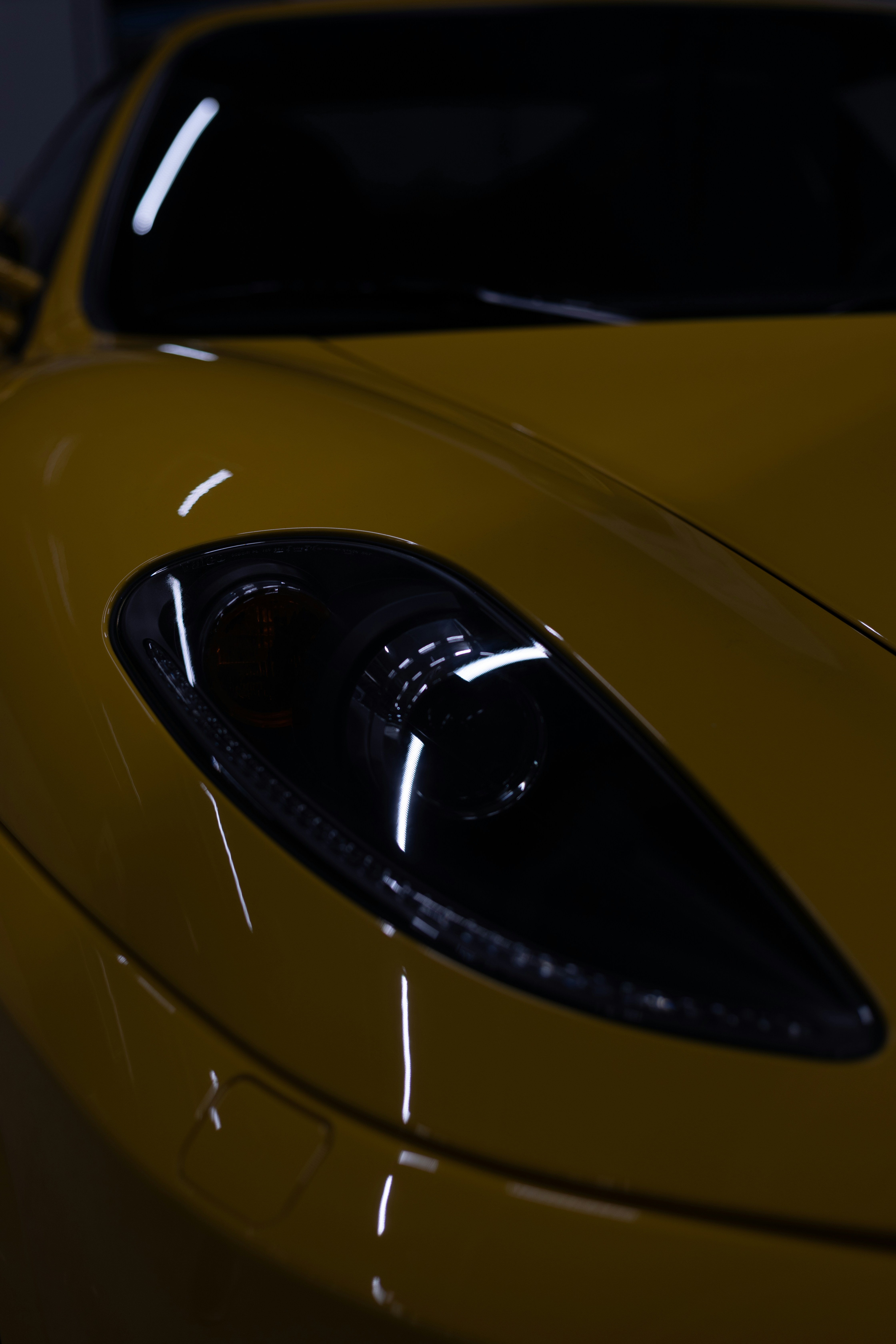Have you ever noticed your car's headlights looking cloudy or yellowed, affecting both their appearance and function? This phenomenon is known as headlight oxidation, and it can significantly impact your ability to see at night, not to mention curb the visual appeal of your vehicle. But fear not! Fortunately, headlight oxidation is a common issue with many effective solutions that won't break the bank or require expert mechanics. Let's dive into what causes this oxidation and how you can manage it at home with ease.
What Causes Headlight Oxidation?
Headlights are exposed to numerous environmental factors that lead to oxidation over time. The primary culprits include UV radiation, road debris, and chemicals from car washes and the atmosphere. Polycarbonate lenses, which most modern headlights are made from, are prone to degradation due to UV exposure. This exposure causes a cloudy layer to form, reducing the lenses' transparency.
UV Radiation
The sun's ultraviolet rays are a leading factor in headlight oxidation. Although manufacturers coat lenses with UV-resistant layers, these eventually wear off, leading to direct exposure of the polycarbonate surfaces to sunlight.
Road Debris and Chemicals
Dust, dirt, and small stones chip away at the headlight surface, making it vulnerable to further wear. Additionally, chemicals from exhaust fumes and certain aggressive car cleaning products can accelerate the oxidation process.
Moisture Buildup
Moisture can permeate through small cracks or inefficient seals in the headlight casing, exacerbating the oxidation process by creating a foggy appearance.
How to Safely Remove Headlight Oxidation
There are several methods available for removing oxidation from headlights, ranging from home remedies to specialized kits. Let's explore a few of the most effective solutions.
Using DIY Solutions
- Baking Soda and Vinegar: Mix these household staples into a paste and apply it to the headlight surface. Scrub in circular motions with a soft cloth to remove oxidation, then rinse.
- Toothpaste: This is another gentle abrasive that can help clear cloudiness. Apply plain, non-gel toothpaste onto the lens, scrub, and rinse clean.
- Sandpaper Method: For advanced cases, fine-grit sandpaper can be gently used to buff away the top oxidized layer. Start with a coarse grit like 400 and finish with finer grits such as 2000.
Using Commercial Kits
Headlight restoration kits contain all necessary materials, such as sandpapers and polishing compounds. These are ideal for those preferring professional-grade results and come with step-by-step instructions for ease of use.
Considerations for Longevity
- Applying a UV Sealant: After cleaning, apply a UV sealant to protect against future oxidation.
- Regular Maintenance: Clean your headlights regularly with mild detergent and water, and apply automotive wax for added protection.
Keeping Headlights Clear
Maintaining clear headlights doesn't have to be a chore or drain your finances. Regular cleaning routines, combined with occasional treatments, can keep oxidation at bay. If you regularly inspect and care for your headlights, their lifespan and effectiveness will undoubtedly improve. Whether you choose DIY methods or commercial kits, the key lies in consistency and proper technique. Clean and clear headlights not only enhance your car's appearance but, more importantly, ensure safety on the road by maximizing visibility.




